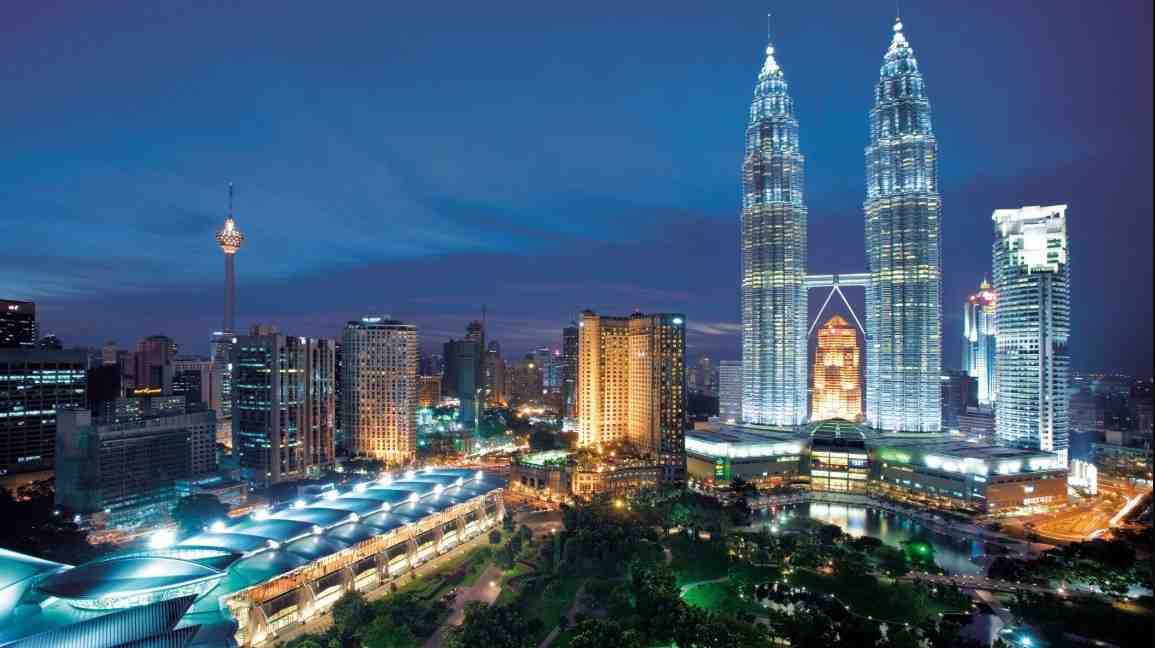In the 21st century, the epicenter of global economic growth and international exchange has steadily shifted eastward. Asia, with its dynamic economies, diverse cultures, and world-class infrastructure, has become the destination of choice for multinational corporations, international associations, and global thought leaders to host their most significant events. Selecting the right venue is paramount to the success of these gatherings, as the convention center itself is more than just a building; it is the foundational pillar upon which networking, knowledge sharing, and deal-making rest. The best convention center in Asia for international events distinguishes itself through a powerful combination of scale, technological sophistication, strategic location, and an unwavering commitment to service, creating an ecosystem where international events can truly flourish.
When evaluating Asia’s top-tier venues, several key criteria emerge. Capacity and Flexibility are non-negotiable; the center must offer vast, column-free exhibition halls alongside a variety of smaller meeting rooms and auditoriums to accommodate events of all sizes simultaneously. Cutting-edge technology is the nervous system of a modern convention center, requiring robust, high-speed Wi-Fi, advanced audio-visual systems, and live streaming capabilities to connect with global audiences. Location and Accessibility are critical, with proximity to a major international airport, quality hotel accommodations, and public transport being essential for the convenience of international delegates. Finally, Service and Experience separate the good from the great, encompassing everything from skilled in-house technicians to seamless logistics and culinary offerings that cater to a global palate.
Several venues across the continent have risen to this challenge, setting the global standard. The Singapore EXPO and Sands Expo and Convention Centre in Singapore are often cited as benchmarks. Singapore EXPO boasts one of the largest pillar-free spaces in the world. At the same time, the Sands, integrated with Marina Bay Sands, offers unparalleled luxury and a proven track record of hosting massive events. In China, the National Convention Center (CNCC) in Beijing, with its iconic roof structure, has been the stage for historic global forums, and the Shanghai World Expo Convention & Exhibition Center continues the legacy of the 2010 World Fair. Japan’s Tokyo Big Sight is instantly recognizable for its unique architecture and is a hub for major international trade shows.
A Case Study in Integrated Excellence: Kuala Lumpur Convention Centre (KLCC)
Standing tall among these elite venues is the Kuala Lumpur Convention Centre (KLCC) in Malaysia. More than just a standalone facility, KLCC is the quintessential example of an integrated and strategic venue. Its first and most defining feature is its location—situated within the iconic Kuala Lumpur City Centre (KLCC) precinct, it is directly connected to the Suria KLCC shopping mall and sits in the shadow of the Petronas Twin Towers. This provides an instantly recognizable and breathtaking backdrop that enhances the prestige of any event.
KLCC’s design is purpose-driven. It offers over 21,000 square meters of flexible column-free space across its exhibition halls, which can be configured for everything from massive trade shows to intimate galas. The Centre’s crown jewel is its Auditorium, a state-of-the-art facility with a capacity of over 3,000, designed to provide unobstructed views and exceptional acoustics for keynote addresses and international congresses. Furthermore, KLCC has consistently demonstrated a commitment to staying ahead of the technological curve, offering comprehensive AV solutions, high-density Wi-Fi, and a professional in-house team to manage complex technical requirements.
However, what truly solidifies KLCC’s position as a top contender is the holistic ecosystem it offers international planners. Delegates have direct, air-conditioned access to over 5,000 hotel rooms, including the luxurious Mandarin Oriental and the Grand Hyatt. The adjacent Suria KLCC mall offers world-class dining and retail, while the nearby KLCC Park provides a serene green escape. This seamless integration of venue, accommodation, and amenities removes logistical friction for organizers and creates a convenient, immersive, and memorable experience for attendees, embodying the very qualities that make Asia’s best centers the ideal choice for the world’s stage.
Conclusion
The competition to host international events is fierce, and Asia’s premier convention centers have risen to the occasion with unparalleled ambition and execution. They are no longer passive venues but active partners in an event’s success, offering the technological infrastructure, flexible space, and strategic support required in a connected world. From the integrated luxury of KLCC in Kuala Lumpur to the massive scale of Singapore’s expos and the strategic significance of Beijing’s CNCC, these centers provide the perfect confluence of capability and convenience. For any organization looking to make a global impact with its next event, the premier convention centers of Asia offer the ideal platform to inform, inspire, and connect on a truly international scale.
Frequently Asked Questions (FAQs)
1. What is the single most important factor when choosing a convention center in Asia for an international event?
While all factors are interconnected, location and accessibility are arguably the most critical. A center must be easily reachable via a major international airport with strong global connectivity. Furthermore, its proximity to a critical mass of hotel rooms, dining options, and public transportation is essential for the convenience and satisfaction of international delegates, who may be unfamiliar with the city. A centrally located, well-connected venue like KLCC significantly reduces logistical challenges for organizers.
2. How do Asian convention centers handle the diverse technological needs of a large international event?
Top-tier centers are technological powerhouses. They provide:
-
Robust, High-Speed Wi-Fi: Capable of supporting thousands of simultaneous connections for delegates, exhibitors, and live streaming.
-
Advanced Audio-Visual Systems: In-house, state-of-the-art sound, lighting, and projection systems.
-
Technical Support: 24/7 in-house technical teams to manage complex setups and troubleshoot issues.
-
Flexibility: Built-in infrastructure for live broadcasting, simultaneous interpretation in multiple languages, and high-density power distribution for exhibitors.
3. We have a large number of international attendees with diverse dietary needs. How do centers like KLCC cater to this?
International convention centers are experts in culinary diplomacy. Their in-house catering teams are experienced in crafting diverse menus that cater to global tastes and specific dietary restrictions, including Halal, Kosher, vegetarian, vegan, gluten-free, and nut-free options. They work closely with event planners to design menus that are culturally sensitive and of the highest quality, ensuring all delegates are well-catered for.
4. What is the advantage of an “integrated” convention center like KLCC compared to a standalone one?
An integrated center offers a seamless, all-in-one experience that greatly simplifies event planning and enhances the attendee experience. The key advantages include:
-
Convenience: Direct, often indoor, access to hotels, retail, and dining.
-
Efficiency: Reduced need for transport between venues, saving time and cost.
-
Security and Control: Easier to manage event security within a controlled environment.
-
Enhanced Experience: Attendees can network, dine, and relax without leaving the precinct, making the entire event more immersive and productive.
5. How far in advance should we book a major international event at a top Asian convention center?
For a large-scale international event (e.g., a congress for 3,000+ people or a major trade show), you should initiate contact with the convention center at least 2-4 years in advance. Prime dates are highly competitive, and securing the venue is the first and most critical step in the planning timeline. This lead time is necessary not only to secure the space but also to allow for intricate logistical planning, marketing, and attendee travel arrangements.

